by Amanda Rose Newton
Unless you are a green thumb plant enthusiast, chances are you did not select your new home based on the current yard.
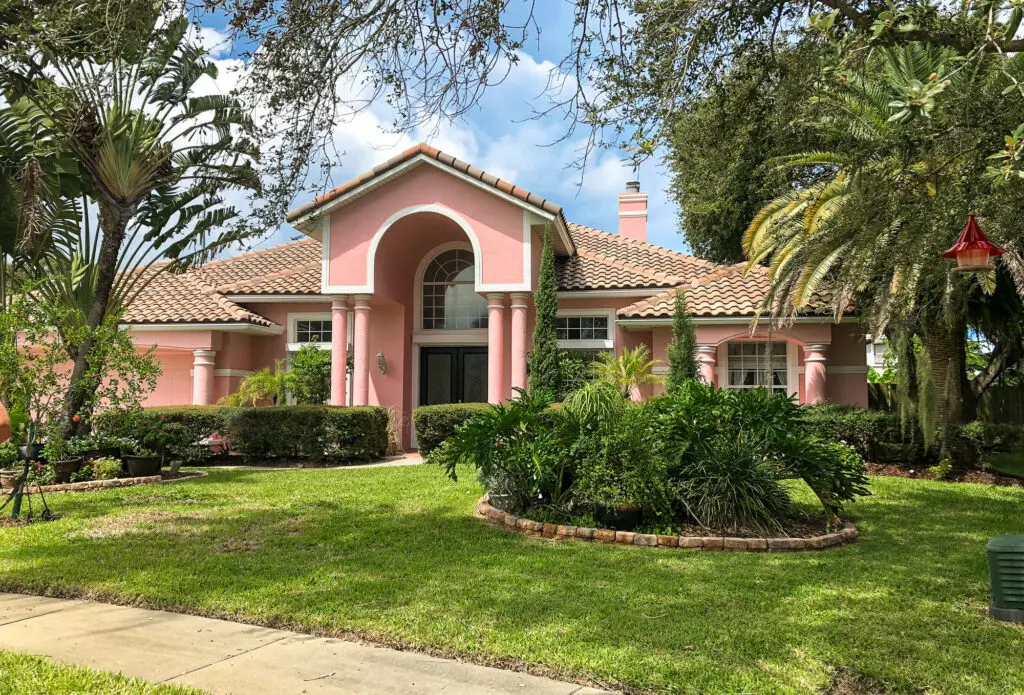
In fact, a recent poll states that for 3 out of 5 homeowners, this was not a box to check off on their must-haves list at all.
Your landscape is one of the easiest aspects of your home you can make changes to as your tastes and family situations change. In many ways, your landscape reflects you, your values, your tastes, and how you want to be seen.
Even those in HOAs still have a little leeway in adding personal touches to their yard and, armed with our landscape planning checklist, you can easily work on making over your landscape.
1. Who will Be Using Your Landscape?
If you contracted a personal service, this would likely be the first question you would be asked yet it is not something we ask ourselves. Listing out how you, your family, and your pets will use your outdoor space can be a game changer in deciding what plants make sense and how your time can be managed.

What is your focus? Are you looking to entertain in your garden or use it as an outdoor living space? Do you envision backyard football games with the family? Are you more interested in growing your own food?
These simple questions are a great way to start piecing together what makes sense for your overall goals.
2. How much time do you want to be maintaining your landscape?
Be honest! Realistically, you need to select plants that are going to fit your aesthetics as well as the time you must care for them.
Do your research and purchase plants that are easy to maintain or consider perennial fruit trees over annual veggies if you are likely to forget to water and monitor for pests.
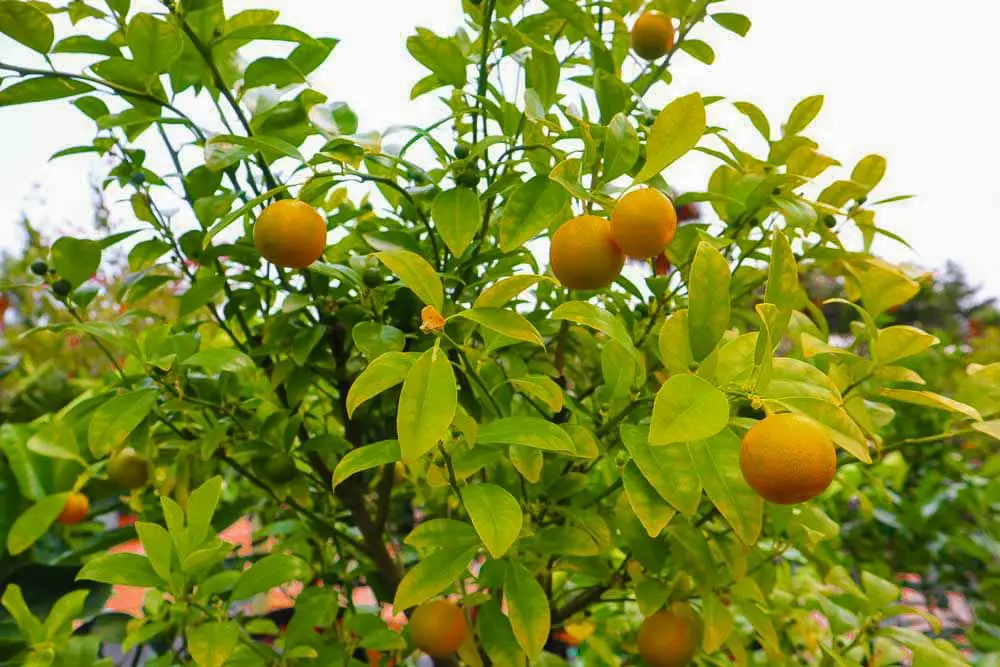
University of Florida Extension features a great publication (and phone app!) to accompany their Florida-Friendly Landscape Program that offers suggestions on easy-to-care-for plants that suit our landscapes.
3. What values are important to you?
This is a simple question, but how we feel about certain concepts such as the environment, food, pesticides, and fertilizer influences plant design. If any of the beforementioned hit a nerve with you, it’s worth looking into eco-friendly landscape design practices.
Consider adding a rain garden to help naturally mitigate runoff or select plants that have little need for fertilization or pesticides. If you are a lover of all things wildlife, add a few berry-producing plants to keep the birds happy year-round.
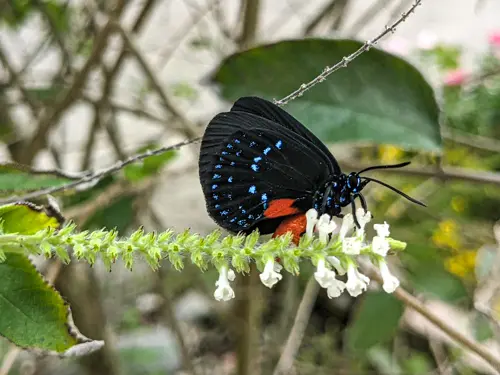
Adding groundcovers to replace turf is another way to foster wildlife and offers a drought-tolerant solution to turf grass.
4. How Important is Curb Appeal to You?
Perhaps a bit shallow, but we all want a pretty yard!
In addition to serving an aesthetic purpose, a beautiful landscape cranks up your curb appeal and in turn, can make your home more profitable in a competitive market.
Creating a “wow” factor can be as simple as re-visiting the classic principles of landscape design:
1. Unity- the concept of interconnection. This can be obtained by visually linking areas with walkways, fences, and hedges.
2. Scale- The size of the components in relation to each other. Your goal is to have everything in balance!
3. Balance- The visual weight of components of the landscape. Everything ideally should feel even, and mirroring sides of your yard help obtain this.
4. Simplicity- Prioritize clean design and a neat, uncluttered appearance. Less is more!
5. Variety- Shape, size, and color should be diverse to create visual interest without foregoing simplicity. Try monochromatic color combos, for instance.
6. Emphasis- The easiest route to “wow”! Accent areas including waterfalls and statues are an easy way to draw the eye in and have plants that emphasize the area.
7. Sequence- Transitions within the size, shape, and texture of the plants chosen for the landscape. Gradual changes are softer, while abrupt changes are harsh.
All the above play into how the form, line, and color of your landscape are shaped.
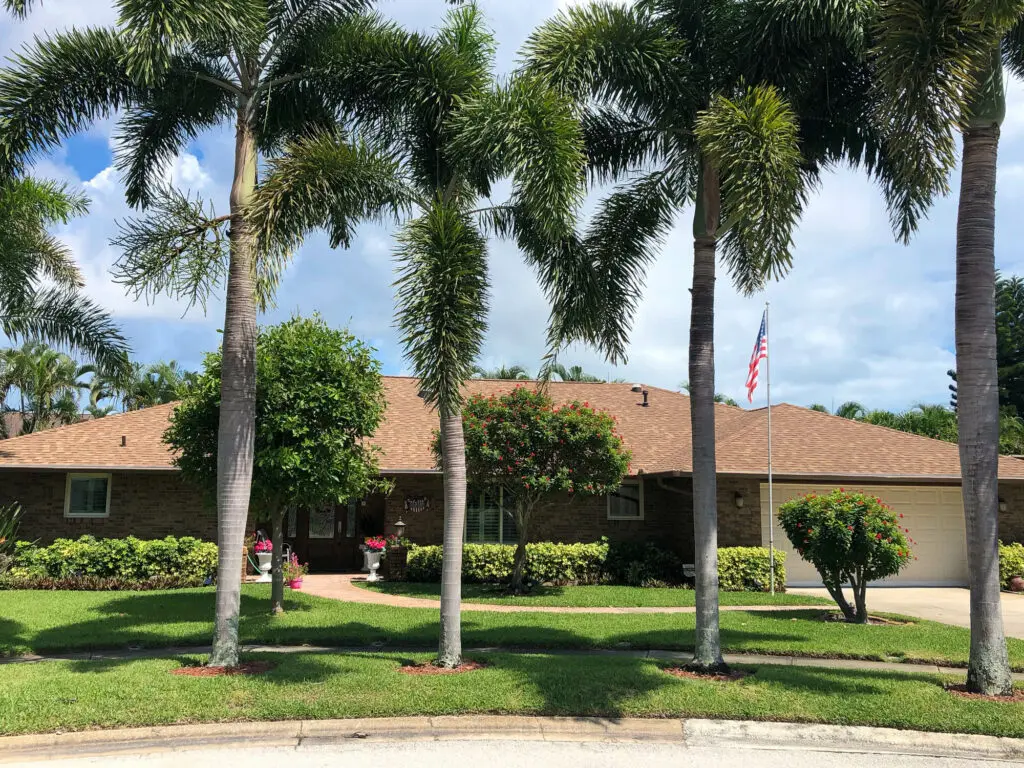
Use those basic principles to drive the aesthetic vision you have for your personal outdoor oasis.
5. Consider Bringing the Indoors Out!
The last consideration, while you are dreaming of your ideal landscape, is to think about creating a seamless transition between indoors and out. If the pandemic taught us anything, we do not love being cooped up inside all day!
You can instantly create more livable space by creating living floors, comfortable seating, stringing lights, and building green walls. Creating an outdoor space will not only add to your livable square footage but all that basking in nature is its own form of self-care.
If all of this still seems overwhelming, fear not!
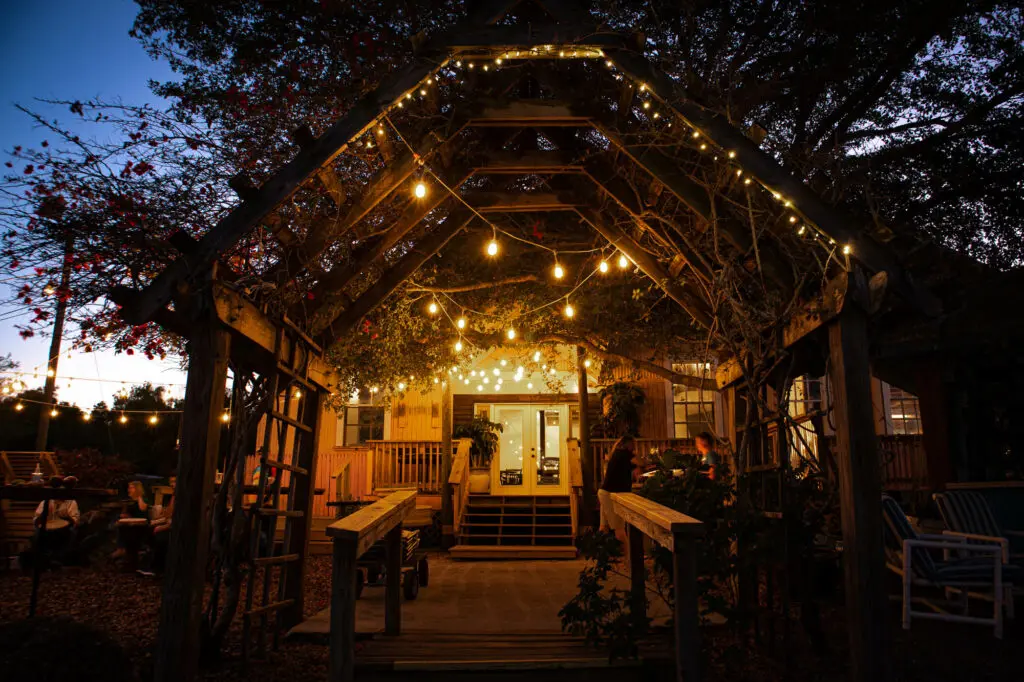
Our We Plan, You Plant program featuring the landscape design team of A Master’s Touch will help you create the yard of your dreams.


